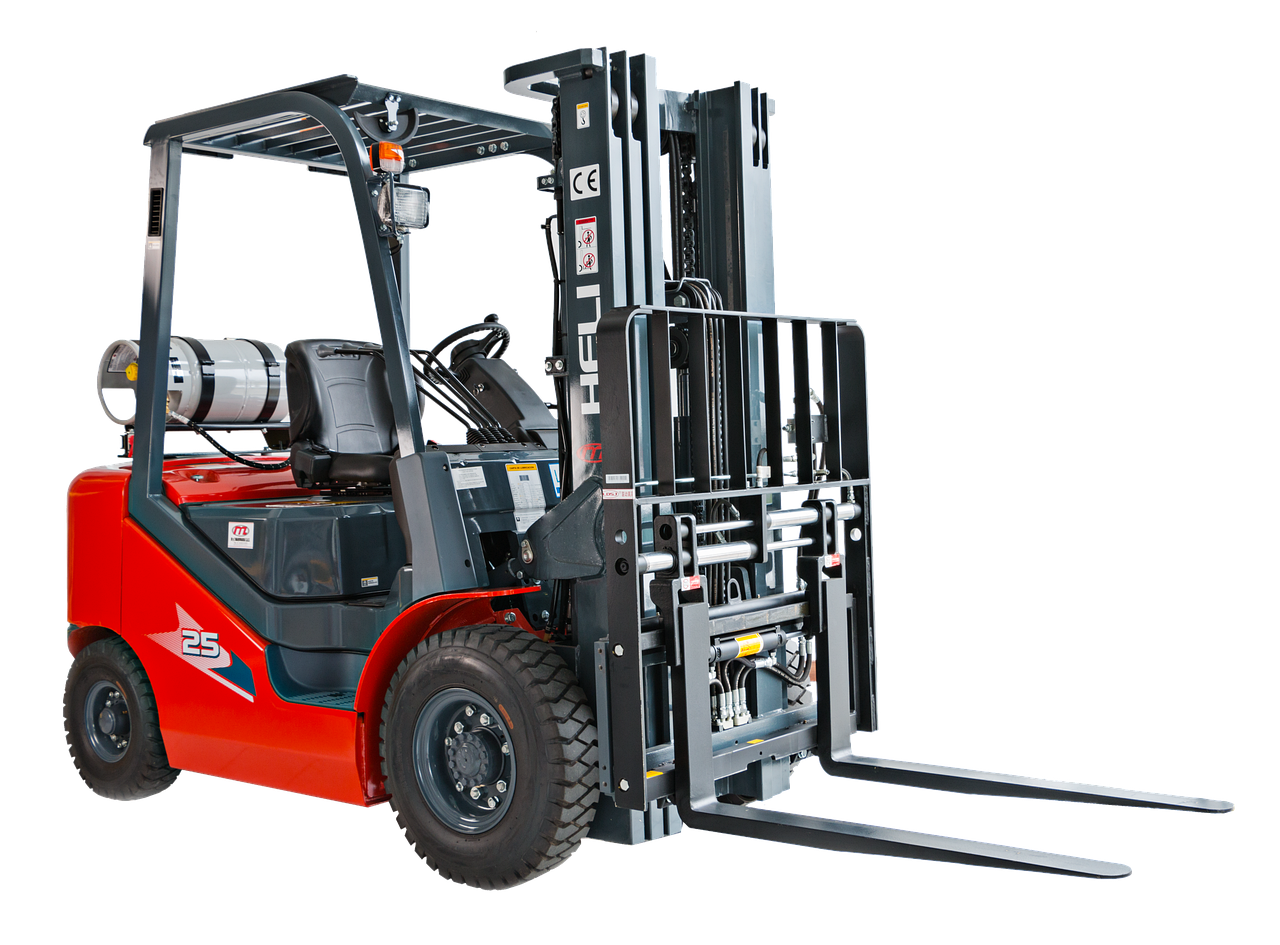Forklifts are indispensable tools in many workplaces, but they also pose significant safety risks if not operated properly. To ensure the safety of all personnel and prevent accidents, it's essential to prioritize forklift safety and adhere to strict safety protocols.
Firstly, provide comprehensive training to forklift operators on safe operating procedures, including proper vehicle inspection, loading and unloading techniques, and navigating in confined spaces. Ensure that operators are certified and receive refresher training regularly to maintain proficiency.
Secondly, conduct pre-operation inspections of forklifts to check for any defects or maintenance issues before each use. Inspect brakes, steering, tires, and other critical components to ensure they are in good working condition. Address any identified issues promptly and prevent forklifts from being used until repairs are made.
Thirdly, establish clear guidelines and traffic management protocols for forklift operations to minimize the risk of collisions and injuries. Designate pedestrian walkways, provide adequate signage and warning signals, and enforce speed limits and right-of-way rules to create a safe working environment.
Lastly, promote a culture of safety within the organization by encouraging open communication, reporting near misses and hazards, and recognizing and rewarding safe behaviors. Empower all employees to take responsibility for safety and actively participate in creating a safe workplace for everyone.
By prioritizing forklift safety and following established protocols, we can prevent accidents, protect personnel, and ensure a safe working environment for all.
Reducing Carbon Footprint:
Reducing carbon footprint is essential for mitigating climate change and minimizing environmental impact. As organizations, it's crucial to implement measures to reduce greenhouse gas emissions and promote sustainability in all aspects of operations.
Firstly, prioritize energy efficiency measures to reduce carbon emissions associated with energy consumption. Upgrade to energy-efficient lighting systems, heating, ventilation, and air conditioning (HVAC) systems, and appliances, and implement building energy management systems to optimize energy use.
Secondly, promote sustainable transportation options to reduce emissions from commuting and business travel. Encourage employees to carpool, bike, walk, or use public transportation, and provide incentives such as transit passes or telecommuting options to reduce reliance on single-occupancy vehicles.
Thirdly, implement waste reduction and recycling initiatives to minimize emissions associated with waste disposal. Reduce, reuse, and recycle materials whenever possible, and implement composting programs to divert organic waste from landfills and reduce methane emissions.
Lastly, invest in renewable energy sources such as solar, wind, and geothermal power to reduce reliance on fossil fuels and lower carbon emissions. Purchase renewable energy credits or participate in renewable energy programs to support the transition to clean, sustainable energy sources.
By prioritizing efforts to reduce carbon footprint and implementing sustainable practices, organizations can contribute to a healthier planet, mitigate climate change, and build a more sustainable future for all.

